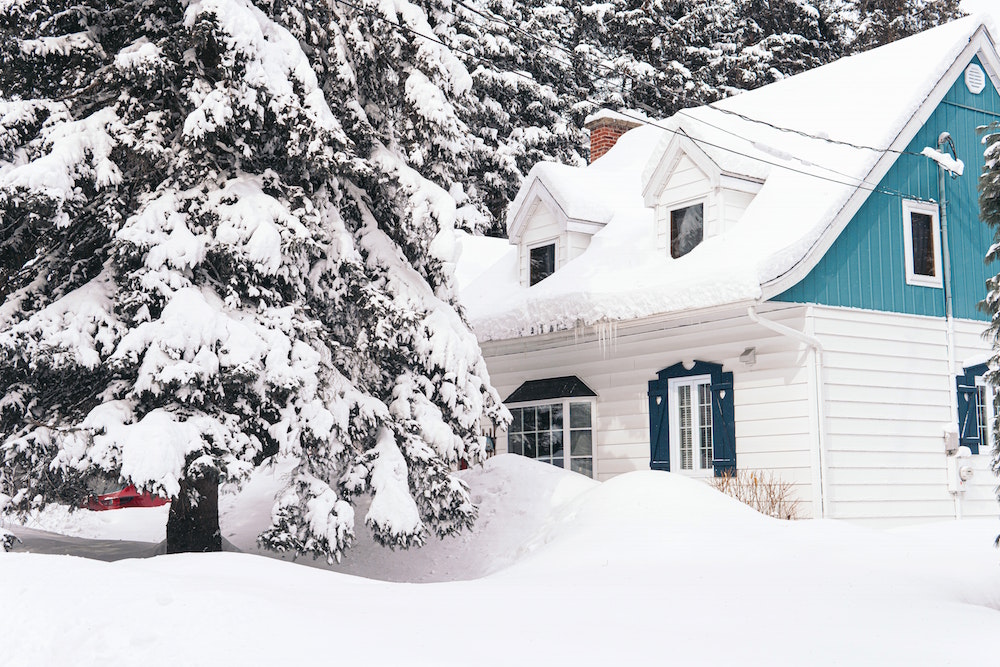5 Things You Should Know About the Thermal Resistance or R-Value of Insulation Products
There are many ways to achieve proper insulation in your home. Some of the most common insulation products that you may have seen are the blanket or batt and roll insulation options available in hardware stores. These are insulation materials that you can purchase and apply yourself on the walls or surfaces of your house. Insulation boards with reflective films are another DIY solution that can help reduce heat transfer into your home by reflecting radiant heat that would otherwise enter your home through the roof and walls. However, these solutions may not be enough in terms of creating a solid insulation system for your house.
In addition to the above, you may want to consider other methods of insulation, such as using a foam-based material right inside your roof and within the walls of your house, especially around architectural elements that are irregularly shaped or otherwise obstructed from view. Loose-fill insulation material can also be blown into the cavity of the walls or beneath the surface of the home. Alternatively, if you are designing or building a house from scratch, it’s also advisable to incorporate insulation directly into the building envelope by using construction materials with in-built-insulation. These include insulated concrete forms and blocks, as well as structural panels with an insulated core.
One thing that all of these materials possess is an R-value, which is a unit of measure used to describe the effectiveness of insulating materials in preventing heat flow through various architectural assemblies. Here are some of the most important things you need to understand about it when looking for insulating materials for your home.
R-value Measures the Ability of a Material to Resist Heat Flow
Remember that there are three basic concepts behind heat flow, and these are conduction, convection, and radiation. Conduction is the phenomenon of heat moving through materials, which is what you experience when you lift an iron pan by its handle from the stove, for instance. Convection pertains to the circulation of heat between liquids and gases. It explains why warm air tends to rise while cool air sinks to the bottom of a space. Radiant heat, meanwhile, can be transferred from one body to another without contact. A perfect example of this is how the sun heats up any object that is in the path of its rays.
Insulating materials work primarily by restricting the conductive flow of heat between the indoors and the outdoors through the building envelope of your house.. While insulation also blocks convective heat flow to some extent, it is mainly the conductive flow of heat that is measured by the R-Value. Additionally, there are also reflective insulation materials that help reduce heat gain in your home by reflecting radiant heat from the sun. The main difference between these reflective insulation products and reflective films that provide no insulation is that the former have R-values as well.
Moreover, keep in mind that heat naturally moves from a warm place to a cooler place—which means that in winter, heat will naturally want to flow from the heated spaces of your home to the unconditioned ones—and even toward the outdoors. In summer, on the other hand, the heat from the outdoors will try to find a way to get inside your air conditioned house. Insulation is what prevents this unwanted heat flow from happening.
The Higher the R-value of a Material, the Greater its Ability to Provide Insulation
For instance, an R13 insulation material is a good starting option when you need to repair or enhance existing insulation in your home. Then, you can go up the scale depending on your temperature regulating needs. If you are unsure about what R-value to go for in insulating your home, it would be best to consult a professional to guide you on the right solution. After all, a material that affords too much insulation may also prove to be detrimental to the resulting living conditions of your home.
The R-value Depends on the Type of Insulation
Insulating products are typically made of one of the following materials: natural wool, , plastic fibers, mineral wool from rock or slag, and fiberglass, which is spun from molten glass. Cellulose is another insulating material that is typically made from natural sources like recycled paper. Foam boards and rigid foams, on the other other hand, can be made of polystyrene, polyisocyanurate, and polyurethane, while sprayed foam insulation makes use of materials like cementitious, phenolic, polyisocyanurate, and also polyurethane.
Needless to say, the R-value of insulating products can be influenced by the type of material they are made of. However, this value will also depend on the construction of the product, particularly its thickness and density.
Installing More Insulation Increases the R-value. Basically, adding more layers of insulating material into a space will increase the thickness of insulation and proportionately increase the R-value as well. To determine the total R-value of a multi-layer installation, simply add the respective R-values of the respective layers. An exception to this is loose-fill insulation, because increasing the installed thickness of loose-fill insulation also increases its settled density due to the material being pressed against its own weight. s. Therefore, its R-value does not necessarily change in proportion to its thickness.
R-value Depends on Many Other Factors
The R-value of insulation is affected by other factors besides, such as material aging and moisture accumulation. Thus, old insulation materials would eventually need replacement as they are no longer as effective in preventing conductive heat flow in your home.
A proper insulation system that affords the desired R-values is an important part of any home. This is what keeps you warm during winter and cool during summer. Effective insulation also helps you save a lot of money on energy costs by keeping your home’s interior temperature within desirable levels. Overall, it can be said that proper insulation is one of the things that makes your house a home—a comfortable and cozy place to live in every day.









